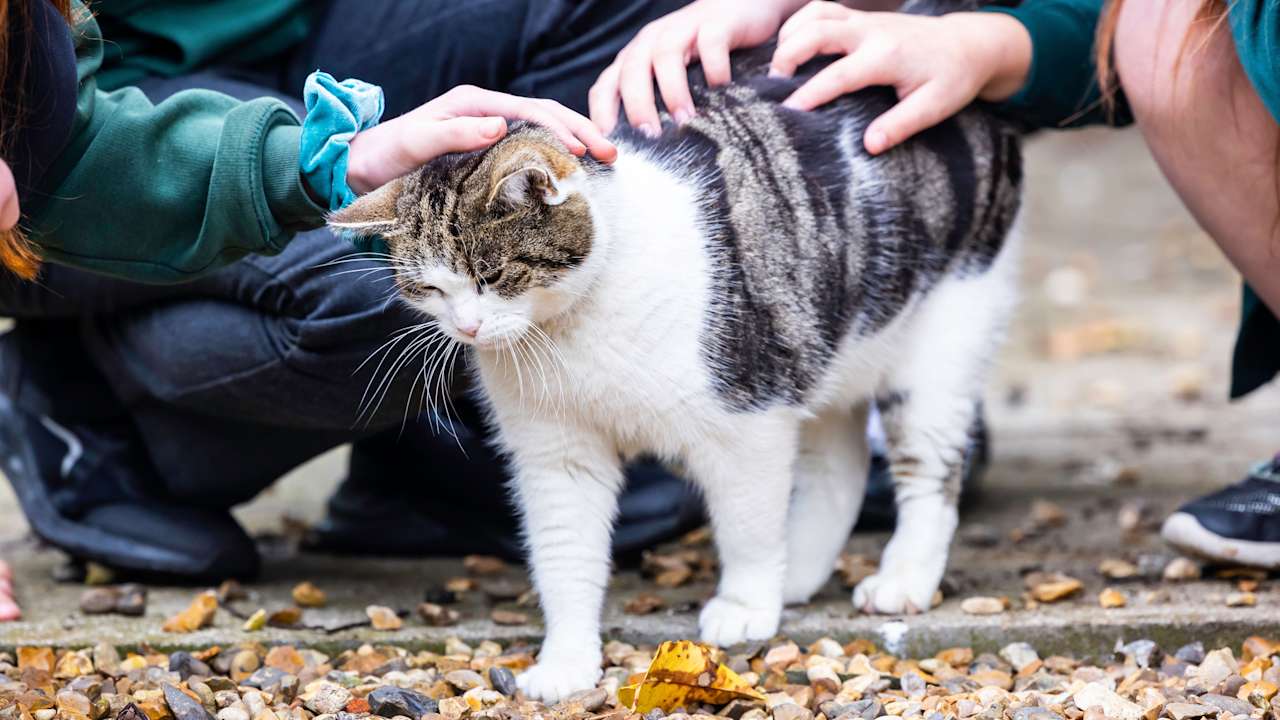Could Cat Containment Areas Be Introduced in Scotland to Protect Wildlife
New proposals in Scotland suggest cat containment areas to protect wildlife and reduce predation.
Scotland, Wildlife, Cats, Conservation, Animal Welfare
Scotland: New proposals are on the table about cat containment areas. These areas aim to protect local wildlife from domestic cats.
The Scottish Animal Welfare Commission suggests that new housing developments might ban cats in sensitive conservation areas. This could help reduce the impact of cats on wildlife.
Cat containment areas would require cats to stay indoors or in enclosed spaces. This approach aims to lessen the harm cats can cause to vulnerable wildlife populations.
The report highlights that cats can significantly affect wildlife through hunting and competition. Some countries already have similar rules to protect their wildlife.
In Australia, cities like Canberra have cat containment areas. There, cats must stay on their owner’s property or be leashed when outside.
However, keeping cats indoors can be challenging for owners. They need to ensure their pets can still express natural behaviors.
The report recommends that ministers ask NatureScot to study the pros and cons of cat containment. This could help in making informed decisions.
Cats Protection, a major UK cat welfare charity, disagrees with some of the report’s suggestions. They believe cats should have the chance to enjoy the outdoors.
Alice Palombo from Cats Protection emphasizes that cats provide companionship and comfort. She argues that cats need to engage in natural behaviors to be happy.
Some cats, especially ferals, are not suited for indoor living. Others may feel stressed if confined indoors with many pets.
Palombo suggests practical solutions, like keeping cats indoors during dawn and dusk, to balance their needs with wildlife protection.
According to the report, 45% of pet cats in Scotland lived indoors in 2023. This trend aims to reduce risks to wildlife and prevent accidents.
The report also notes that cats bring home millions of animals each year, impacting local wildlife populations.
